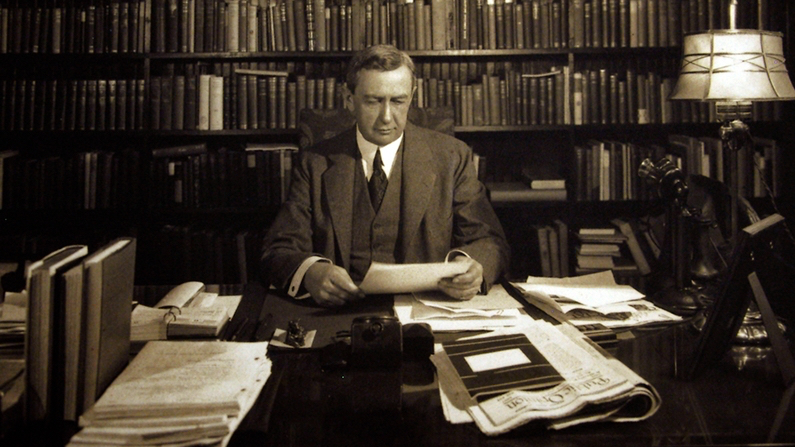The Ivy Lee method
Datum: 2017-12-19 07:43

People have always had various ideas on how to get things done with the least amount of effort and become more efficient in our work — there’s nothing new under the sun. According to the historian Toby Lester, even Leonardo Da Vinci had a to-do-list in the notebook that hanged from his belt — a predecessor of today’s to-do-list apps.
Lee’s list
There was a PR-expert at the beginning of the 20th century by the name of Ivy Ledbetter in the US. It has been said that he was hired by one of the continent’s largest shipbuilders, Bethlehem Steel Corporation, in 1918 — and not to help them with their publicity, but their productivity.
He was given 15 minutes with every manager in the company, during which he shared his method for getting the right things done quickly:
- At the end of each workday, write down six to-do-tasks which are important to get done during tomorrow — no more and no less.
- Prioritize amongst the six tasks; write the most important first and so on.
- When tomorrow comes, start working straight away with the first task and continue working until you finish it, then move on to number two (and on it goes).
- If you have not finished all the tasks by the end of the day, put the remaining tasks on tomorrow’s list (which also just contains six tasks).
- Repeat every workday.
Will it really have an effect?
If you have read my blog and tips for a while or been to one of my lectures, you might guess that I am not completely convinced that Ivy Lee’s way of getting things done actually works. For instance, I ask myself where all the other tasks that eventually need to get done are written in the meanwhile, while they are waiting to be considered and put on the list of the six most important ones. I also question how we can with such certainty know what the most important six tasks are the day before we actually need to make that call. It stands to reason that unforeseen things show up which we need to prioritize above all other tasks.
Nevertheless, there are definitely aspects of the approach we can use, and perhaps Ivy Lee’s method suits you perfectly, so I still consider it well worth sharing.
Do this
If the Ivy Lee-method or any aspect of it resonates with you, do this:
- What parts of the method do you want to apply somehow? It can be all of it or just a small part. Personally I like the resolve and determination with which the six tasks are chosen, and the focus that brings.
- Take a minute to contemplate how you can apply whatever aspect you liked to how you currently work. I will try choosing my tasks for tomorrow’s list of important tasks sooner, at least before I leave the office.
- Now make the change you need to make in order to implement your idea, or write a to-do-task describing what you will need to do or change, so that it becomes easier to set the method into motion — perhaps you will try it tomorrow?
Better and better, one idea at a time
If you choose to work with just an aspect of it or use all of Ivy Lee’s method, and implement it in your everyday life, you will (probably) have refined your structure and productivity to some extent. Making these small changes and alterations often based on ideas and methods we pick up here and there is a great way to keep our working methods continuously evolving, and will in the long-run help us shape the days and life we want to lead.
Any other ideas?
What other method or idea did you recently hear about? If you want to spread the word, feel free to leave a comment.




